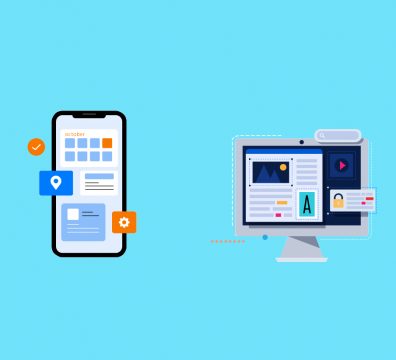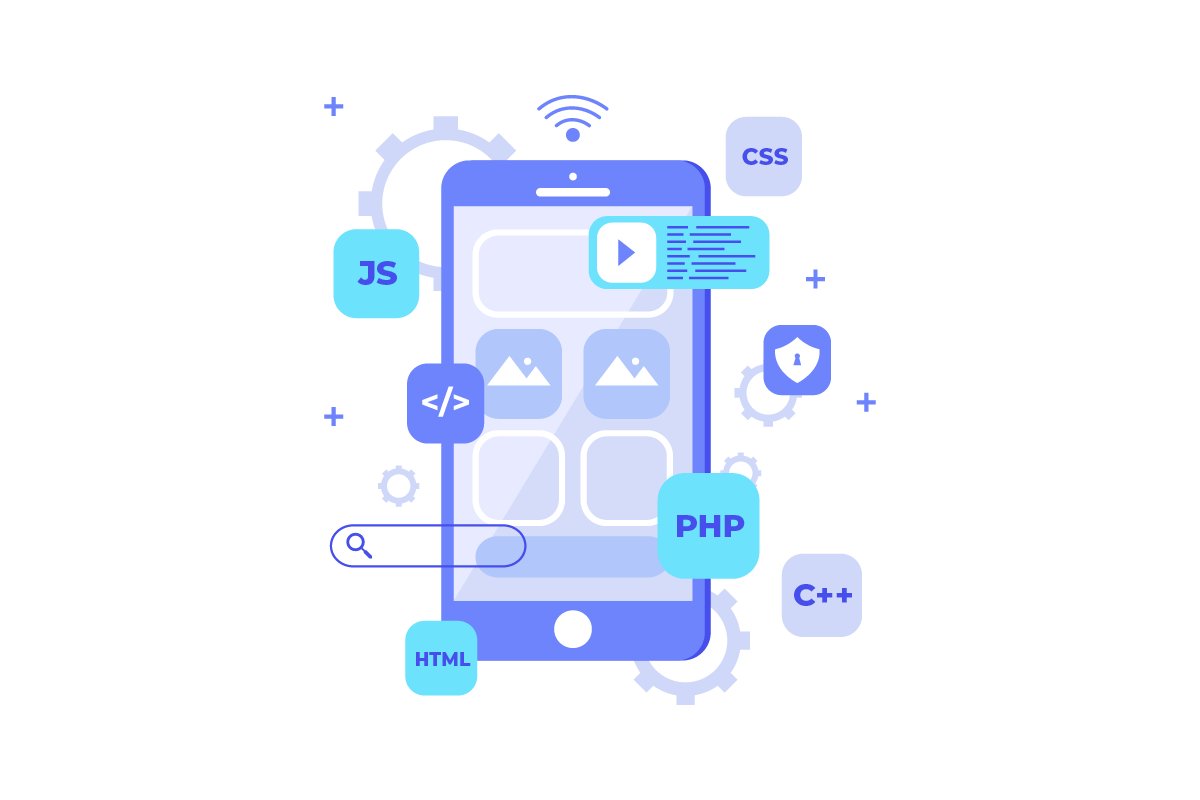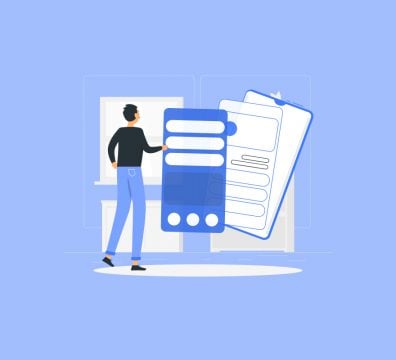Mobile push notifications are essential for anyone with a mobile app, serving as a powerful marketing tool to maintain customer engagement. They are used for promoting products and services, enhancing brand awareness, and improving app retention. While these notifications can be a valuable way to reach a large audience simultaneously, using them excessively can lead to users muting them.
This blog aims to provide a comprehensive guide on mobile push notifications, particularly for those unfamiliar with them or unsure how to effectively manage and utilize them. It’s important to balance the frequency and content of these notifications to avoid overwhelming users, thereby ensuring they remain a beneficial tool for communication and marketing.
Table of Contents
- What Are Mobile Push Notifications?
- The Difference between Push Notifications and Text Messages
- Different Types of Mobile Push Notifications
- The Benefits of Mobile Push Notifications eCommerce
- How Mobile Push Notifications Work?
- Mobile Push Notifications Best Practices and Strategies
- Top 3 Best Mobile Push Notifications Providers
What Are Mobile Push Notifications?
Mobile push notifications are messages sent by an application to a customer’s mobile device. You can send push notifications to customers who have installed your mobile app and opted-in to receive messages.
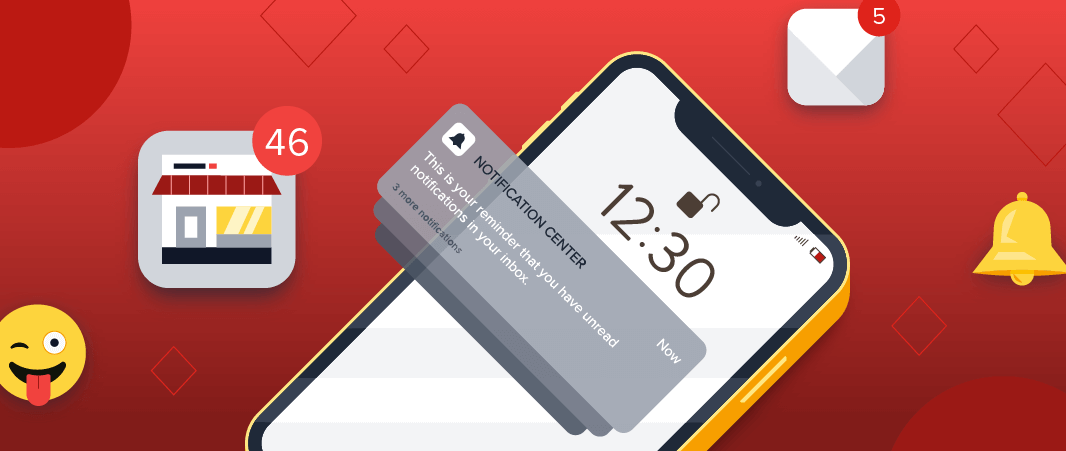
On the other hand, app publishers can send them at any time, users do not have to be in the app or using their devices to receive them. They can do plenty of things, for instance, they can show the most recent game scores, get a client to make a move, for example, download a coupon, or let a user think about an occasion, like a flash sale.
Mobile push notifications look like SMS text messages and mobile alerts, but they only reach users who have installed your app. Mobile push notifications are originally used to convey item refreshes, updates, personalized offers, breaking news, and any information that is integral to the functionality of the app and requires special attention or needs to be actioned quickly.
The Difference between Push Notifications and Text Messages
Although there are lots of similarities, mobile push notifications are not the same as text messages. Both of these messages go straightforwardly to the client’s telephone and seem to be comparable on their lock screen, however, they are still altogether different. For notifications to show up on a lock screen properly, you need to have a restricted character limit.
Text messages can be longer in light of the fact that the client can free it up to peruse the whole message. But if your push notifications get cut off on the lock screen, it is going to hurt your conversions. That is why push notifications with fewer words have higher click-through rates.
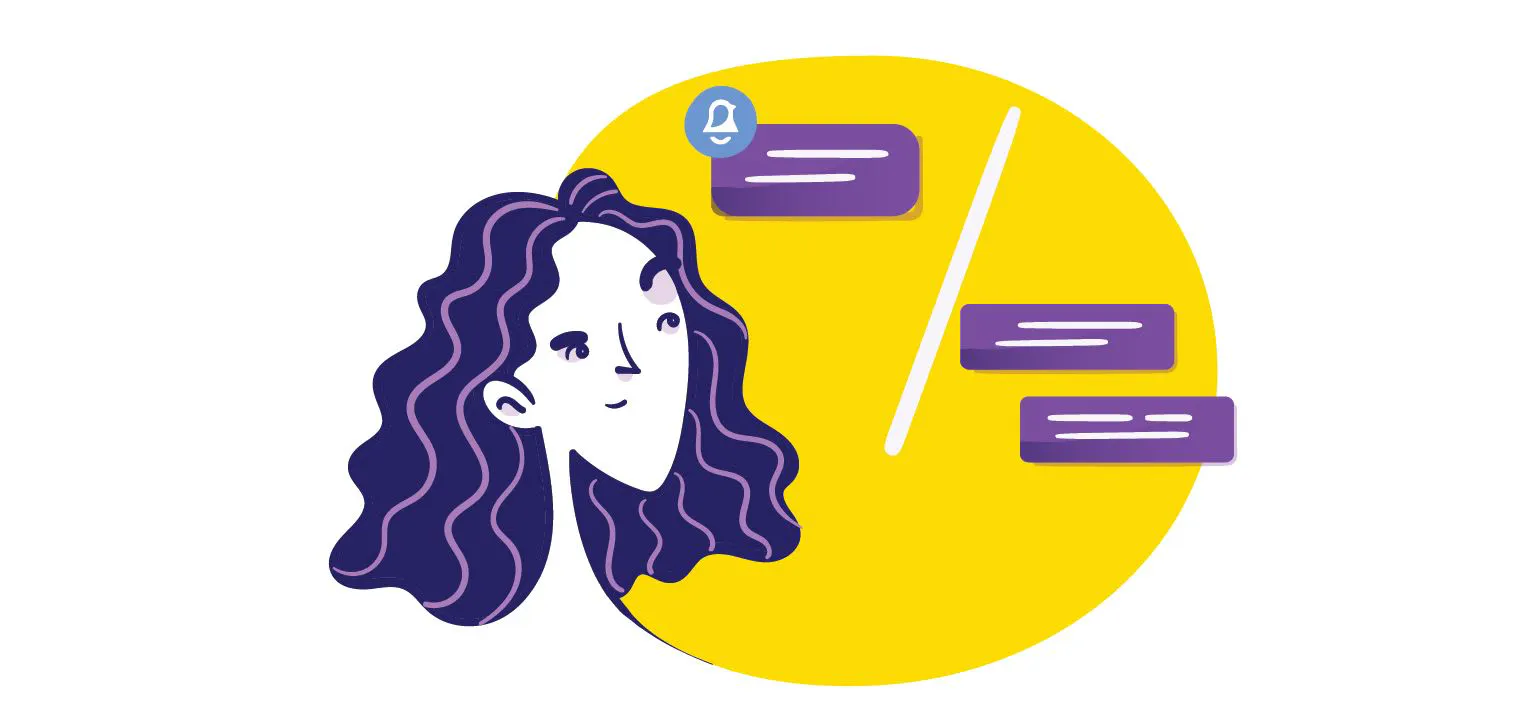
At the point when you swipe to open a mobile push notification, it will have a similar impact as a text message. A text message will bring you to your messaging app, while mobile push notifications without an app will bring the user to whatever app sends the message. Push notifications are completely free for users to receive. That is not always the case with text messages.
If your organization sends SMS messages as a special technique, you might need to reexamine this strategy. Contingent upon the client’s phone plan, they may need to pay to get SMS messages. Besides, several individuals cooperate with SMS special substances such as spam. Despite the fact that you may approach a client’s telephone number, sending spontaneous SMS messages is unlawful.
Individuals get these messages constantly from random numbers. You do not want your company to be associated with spam. Mobile push notifications are much better because the user knows exactly who it is coming from. It is clear that the message is from the app that they have installed on their device.
Different Types of Mobile Push Notifications
When personalized, mobile push notifications advertising receives a high open and active click-through rate (CTR) and can be quite possibly the best way for portable applications to connect with their client base. However, their interruptive nature means that there is a fine line between keeping users engaged and annoying them outright.
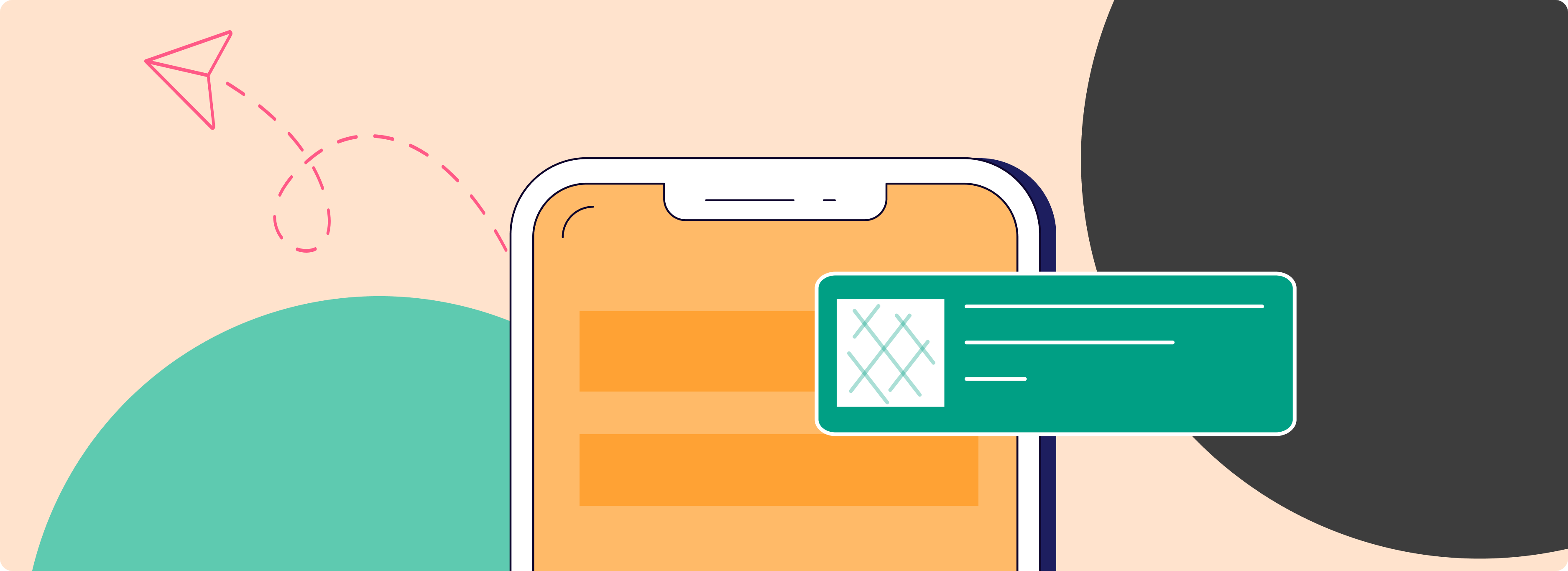
For instance, a push message that notifies you regarding a traffic jam close to your home just before you are about to head out to work in the morning is a helpful message, whereas a message about traffic in a foreign city, or a message sent at 4:00 AM is not nearly as welcome. If the messages are seen as an undesirable interruption, this may persuade the client to head into their settings and turn off notices for that application. To clarify this, here are a few basic types of mobile push notifications:
- Banner notifications: they can contain the start of a message (on account of a chat application), or contain cautions for occasions like deals, sports scores, or flight registration.
- Badge notifications: this sort of notification seems as though a red badge is applied to the application’s symbol, as a rule with a number (to alarm you, for instance, of unread messages or new web podcasts on your gadget).
- Alerts: dissimilar to push notifications, alarms stay on-screen until you physically delete them.
Mobile push notifications present differently on iOS and Android devices. On iOS, they initially appear on the lock screen and then move to the Notification Center once the device is unlocked. Android offers more customization; users can prioritize notifications, group them by type, and control how they are displayed on their devices.
Apart from app notifications, there are several other kinds:
- Web Push Notifications: These notifications appear on desktop or mobile browsers, aiming to bring users back to a website, thereby enhancing engagement and conversions.
- Desktop Push Notifications: Triggered by applications installed on a user’s desktop, these notifications keep users informed about updates or actions required within those applications.
- Wearable Push Notifications: Displayed on smartwatches and similar devices, these notifications are designed to be extremely brief due to the limited screen space. Users have the option to manage their settings to choose which apps can send them notifications.
This variety in push notifications allows for a wide range of communication possibilities across different platforms and devices.
The Benefits of Mobile Push Notifications eCommerce
Mobile push messages can be utilized to boost customer engagement with your mobile application and improve client conversion and retention.
Stimulate User Engagement
Applied carefully to your messaging strategy, mobile push notifications can gigantically affect engagement by pushing your customers back into your application. If it is done wrong, push notifications can cause customer opt-out, app removal, and bad publicity.
On the contrary, if it is done right, mobile push notifications can open up a line of communication that is closer to the customer than any other technology currently available. Studies show that mobile push notifications can reduce churn, and push disablement has decreased where users receive less than five mobile app notifications per week.
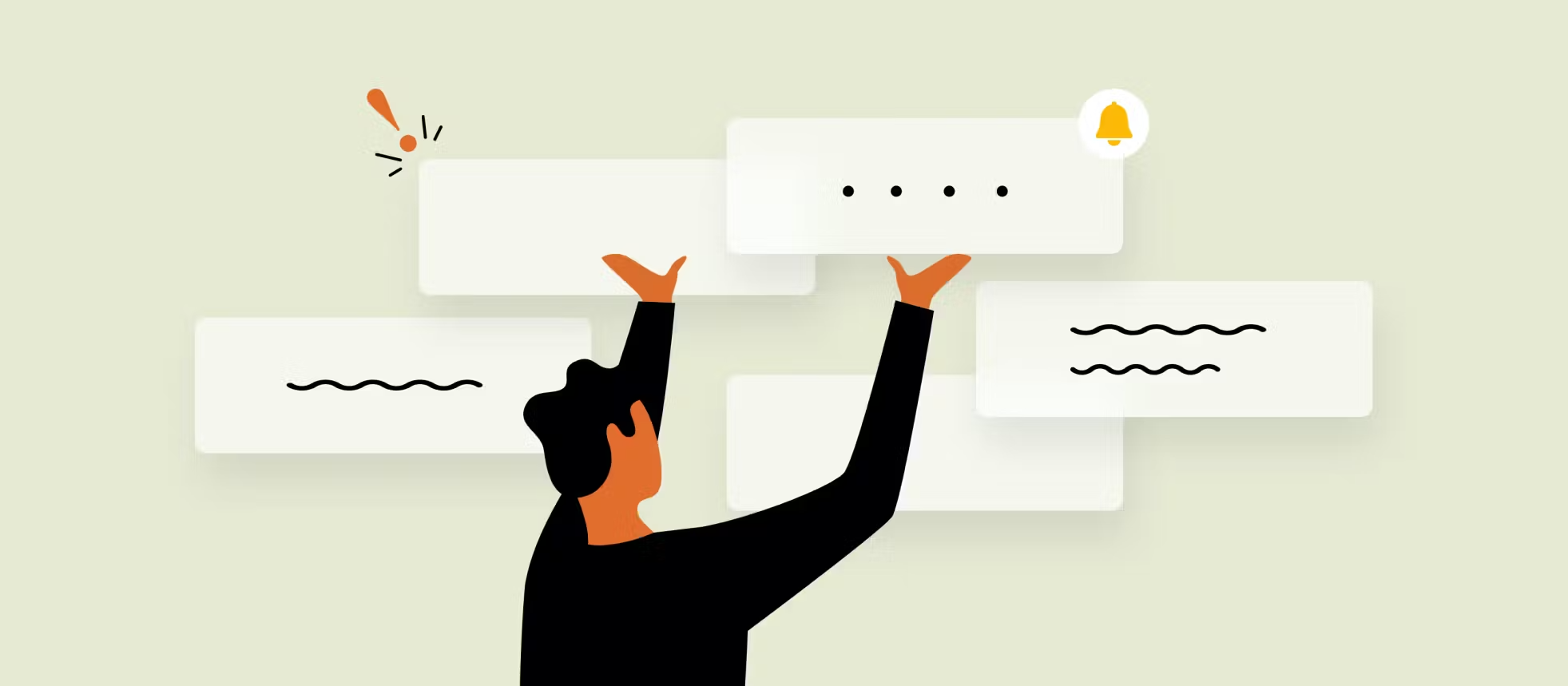
This implies clients gradually become more open to getting and drawing in with mobile push notifications whenever kept non-nosy and at a reasonable frequency. Still, it is vital to define your consumer sweet spot. 37% of application users would handicap mobile push notifications if they got somewhere in the range of two and five messages week by week.
Increase that number to six or ten mobile push notifications weekly and another 33% of respondents would stop using the app altogether. Clearly, it is a delicate communication channel, so strike a balance to avoid annoyance.
Increase Conversion
An ongoing mobile push message, sectioned or generic, creates a desire to move quickly. It can productively retarget clients and trigger instant purchases. However, there is no guarantee the customer will complete the intended action. Sending smart, behavior-based mobile push notifications can increase change rates by 4X.
Improve Customer Retention
Did you know that nearly 90% of apps that are downloaded onto a mobile device are opened once, and then they are never used again? Only 16% of users will try out an app more than twice (Digital Trends).
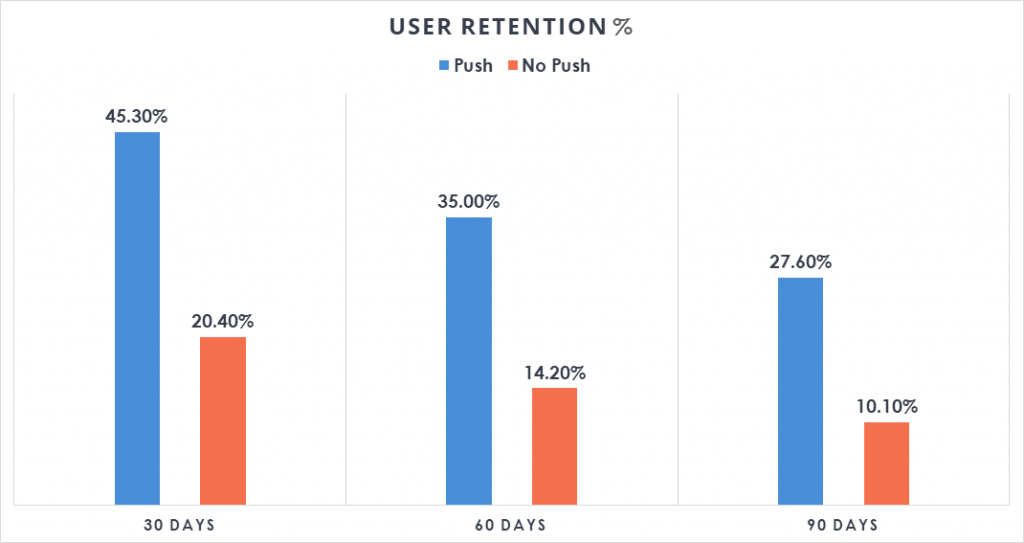
Fortunately, expanding your messaging strategy with mobile push notifications architecture can increase your mobile consumer engagement and app retention.
Personalization Matters
Do not just send the same message to everyone who has your app. You have got to make sure that each notification speaks to your audience. It is easy to send personalized mobile push notifications because your app will have access to the user’s profile. For example, if you are a retailer with a mobile app, you can use a customer’s purchase history to send them a valuable message.
Let’s say one of your customers has purchased a snowboard, goggles, a winter hat, a snowboard helmet, winter gloves, and a ski jacket over the past few months. Sending them a notification for limited snowboard ties would be close to home dependent on their buy history.
Here’s another example. Suppose you own a little neighborhood café that serves real Mexican food. Your application has a mobile food ordering system. If the last multiple times somebody requested something, they requested a steak burrito, you can send them a push notification about their order. 20% off of your favorite steak burrito if you order now. Personalized mobile push notifications like that will improve your conversions. This relates back to our last point about commitment and maintenance. In the event that the notifications are customized, it will build your open rates and lead to higher maintenance.
How Mobile Push Notifications Work?
Some of the factors in sending a push notification include:
- Operating system push notification service (OSPNS): Every mobile operating system (OS), including iOS, Android, Fire OS, Windows, and BlackBerry, has its own help.
- App publisher: The application distributor empowers their application with an OSPNS. Then, the distributor transfers the application to the application store.
- Client app: This is an OS-specific app, installed on a user’s device.
So mobile push notifications work through a combination of mobile operating systems, app servers, and notification services provided by platform providers like Apple and Google. Here’s a simplified overview of the process:
OSPN Registration
In this initial phase, the app publisher registers with Online Service Push Notifications (OSPNs). Each OSPN provides the publisher with an Application Programming Interface (API) to facilitate communication with the service. The app publisher integrates a Software Development Kit (SDK) into the app, which is specific to the OSPNs. After this setup, the app is added to the app store.
App Installation
When a user installs the app from an OS app store and opens it, unique identifiers (IDs) for both the app and the device are registered with the OSPNs. The OSPN then sends these IDs back to the app, which in turn forwards them to the app publisher. The app publisher stores these registration details, including the IDs.
Sending Push Notifications
The app publisher can create and send push notifications in two ways: manually through a message composer user interface (UI) or automatically via the API. They define the target audience for these notifications and decide whether to send them immediately or schedule them for later. Personalization of notifications to different user segments is possible by gathering user ID data and using a specialized interface for message creation and targeting.
Opting In
The opt-in process for receiving push notifications varies between operating systems. On iOS, users must give explicit permission to receive push notifications, whereas on Android, the default setting is to receive notifications, and users must opt out if they don’t want them.
Once users agree to receive push notifications, the app publisher can engage them through these notifications, drawing them back into the app for various interactions or updates. This process is key for maintaining user engagement and providing timely information or promotions directly to the user’s device.
Mobile Push Notifications Best Practices and Strategies
Mobile push notifications are a powerful tool for engaging users, but to maximize their effectiveness, it’s important to follow best practices and employ strategic approaches.
Get User’s Consent
Gaining user consent for mobile push notifications is essential for maintaining a positive user experience and engagement. It is crucial to provide users with the option to opt in or out of receiving notifications. If users are bombarded with unwanted notifications, especially soon after downloading an app, they are likely to become frustrated and disengage quickly.
By allowing users to easily select the types of notifications they wish to receive, you not only respect their preferences but also increase the likelihood of engagement when a notification is sent. This approach ensures that the notifications are perceived as relevant and valuable, fostering a more positive relationship between the user and the app.
Keep Content Concise, Valuable and Interesting
Conciseness is key in crafting effective notifications. Just as with other forms of copy, brevity in your notifications is crucial. Aim for minimal text – if you can convey your message in 10 words or fewer, you’re likely to achieve optimal engagement. This less-is-more approach ensures your notifications are impactful and clear.
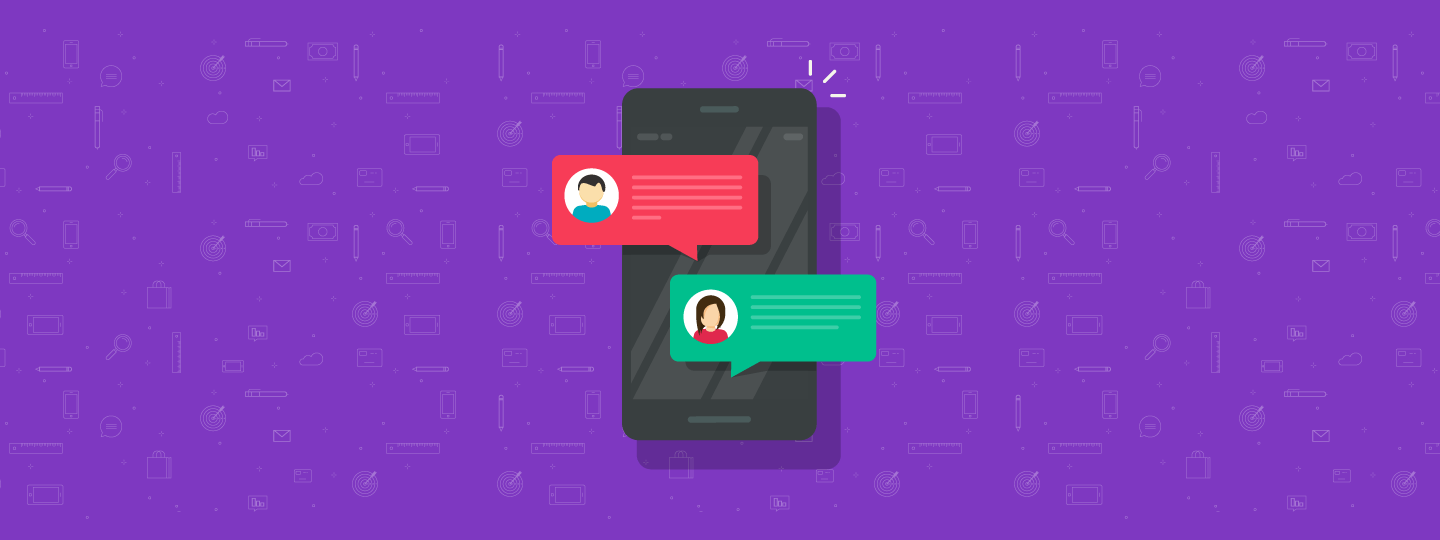
More than half of app users say that they find mobile push notifications to be an annoying distraction. 26% of users like push notifications because they enjoy getting updates about their interests. An additional 20% of users say that push notifications help enhance their productivity.
So the key for you is to make sure you are providing value for the users who want notifications without annoying the users who find them distracting.
Geofencing Technology in Mobile Push Notifications
Since you do not want to send push notifications too often, you have to come up with a good reason to use them.
Big businesses are using geofencing technology paired with mobile push notifications to drive sales from customers who downloaded their mobile apps. Here is how it works. Set up your application to follow the clients’ area, with their permission obviously. At that point, you can send an ideal pop-up push notification dependent on their area in the event that it falls inside your geofencing range.
Pay Attention to the Personalized Content in the Notification
Personalizing the content of mobile push notifications can significantly enhance user engagement and satisfaction. People generally appreciate receiving content that aligns with their interests and preferences, and this is particularly true for push notifications. To achieve this level of personalization, start by using the recipient’s name in the notifications. However, don’t limit your efforts there.
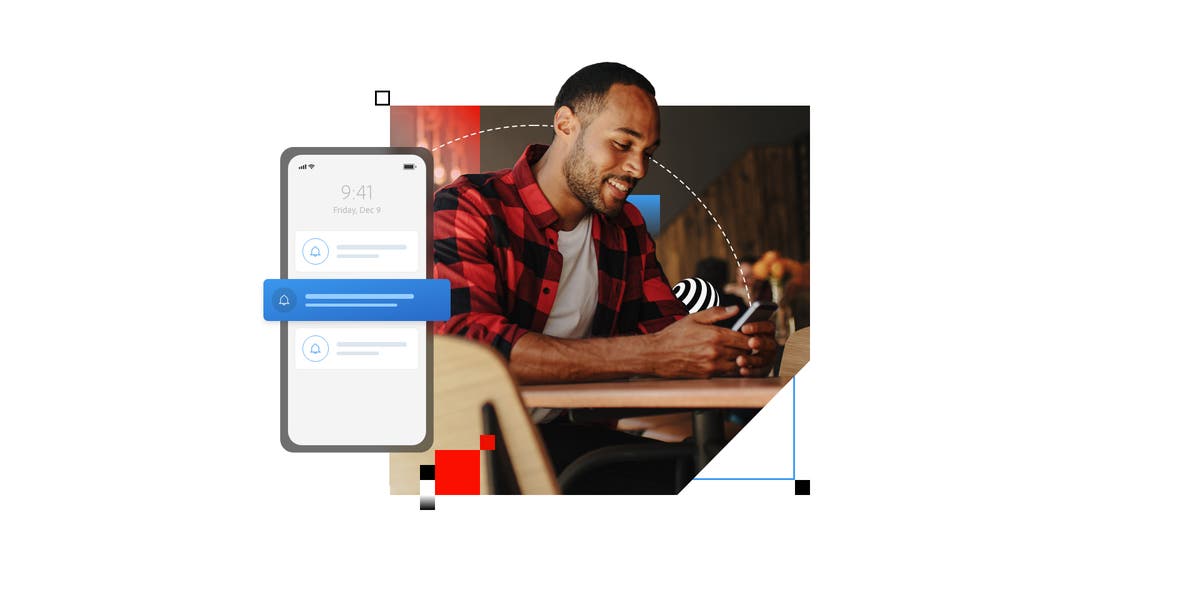
You likely have access to a wealth of data about your customers, such as their past purchases, preferences, items they’ve returned, and their most-used features within your app. Leveraging this information allows you to craft notifications that are highly relevant and specific to each user. Such targeted communication increases the likelihood of user engagement and reinforces the value of your app to them.
While this may sound like a daunting task, much of this personalization process can be automated. For instance, you can enable users to select the types of notifications they wish to receive, which not only simplifies the process for you but also gives users a sense of control over the content they receive. By harnessing user data effectively and offering personalized notifications, you can create a more engaging and user-friendly experience.
It’s Optimized for the Device
Optimizing mobile push notifications for different devices is crucial due to the varied ways in which mobile operating systems handle them. It’s important to understand the specifics of each system – such as the appearance of notifications, duration of display, image inclusion capabilities, and differences in user engagement across platforms.
By familiarizing yourself with these nuances, you can tailor the push notification experience to suit the characteristics of each device your customers use. This tailored approach ensures that your notifications are effective and appealing, regardless of the device, thereby enhancing the overall impact and engagement of your mobile push notifications.
Provide Context for Your Users
Providing context in your mobile push notifications is essential for a positive user experience. Notifications that merely open the app without directing users to the specific content mentioned in the alert can lead to frustration and disengagement. Each notification should guide users directly to the relevant section or feature being referenced.
For instance, in a chat app, a notification should take users straight to the specific message or conversation, not just to the app’s home screen. This level of contextual accuracy not only enhances user convenience but also encourages continued engagement with the app. Failing to provide this context may result in users disabling notifications or, worse, abandoning the app altogether.
Top 3 Best Mobile Push Notifications Providers
Choosing the right push notification provider is going to make your engagement strategy much easier, as it will be easy to set up and send notifications to your engaged users.
A portion of these push notification services are more notable than others, yet all have solid usefulness. We have included information on their pricing options, as some cater more to smaller businesses, while others target high-growth or enterprise companies. Either way, it is going to be worth taking a look at the options before deciding on the service you will choose. Here are the three mobile push notifications best practices we are going to be looking at:
OneSignal
OneSignal is one of the leading mobile push notification services. It is used by companies like Uber, Adobe, Conde Nast, and Skyscanner, to name a few, so if you go with OneSignal you will be in good company. It is also free to use.
Like Google or Facebook, the data your notifications provide to OneSignal is the reason it is free to use, however, they will not be sending ads to your users.
You can send mobile push notifications, web push notifications, in-app notifications, as well as email notifications. When you build mobile apps for News publishers, online businesses, and eCommerce brands, OneSignal all have a deep push notifications eCommerce system – so our users have complete flexibility to send push notifications according to their needs.
Google Firebase
Like some other Google business tools, it is not difficult to utilize and does as guaranteed, yet as it is not particularly intended for Push Notifications (dissimilar to a portion of the other push notification services referenced here), you can anticipate a few trade-offs. All things considered, what you probably will not get in additional highlights and usefulness, Google compensates for with examination coordination.
Leanplum
Leanplum covers the entire range of crowd correspondences: email showcasing, versatile warnings, application inbox messages, and then some. It is one of the main portable promoting stages, offering a total tool compartment including all you will require for scaling a fruitful push notification technique. What’s more, it comes with A/B testing, mechanization apparatuses, and pop-up message personalization included so you can get considerably more out of your ongoing client warnings.
Final Thought
Based on everything that we have outlined you can see how push notifications can help your app and your business. It is definitely better to use push notifications as opposed to text messages to contact your customers. Just make sure you do not send them too often, or else users will opt out of receiving them.
Send mobile push notifications based on the user’s location to enhance their experience and add value. The right mobile push notifications, such as personalized content, can help you increase engagement, retention, and acquisition. Make sure you keep the user’s device in mind when you are sending these out.


